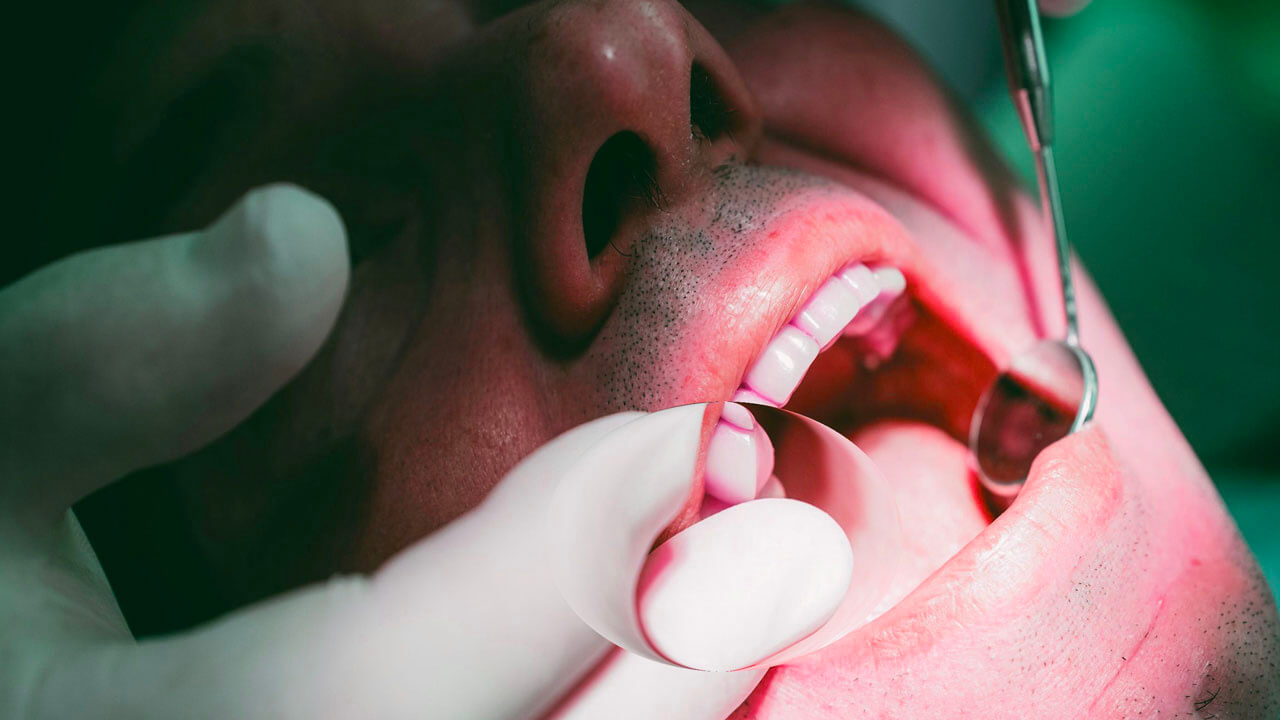
Oral cavity extends from the cutaneous-vermillion junction of the lips to the anterior tonsillar fossa. Subsites within the oral cavity include:
- Lips
- Oral tongue (anterior two-third)
- Floor of mouth
- Buccal mucosa
- Gingiva (upper and lower)
- Retromolar trigone
- Hard palate
Signs and symptoms
Early signs and symptoms may include a discolored or nonhealing lesion of the lip or mucosa, odynophagia, dysphagia, otalgia, eustachian tube dysfunction or hoarseness lasting more than 2 weeks duration.
Other symptoms are; lymphadenopathy, cranial nerve dysfunction, nasal obstruction, severe dysphagia, unintentional weight loss, hemoptysis
Diagnosis
The diagnosis is comfirmed by histological evaluation of a tissue biopsy from the primary site and/or cytological evaluation of a fine-needle aspirate from enlarged lymph node.
Imaging Modalities
CT scan or MRI with contrast of the soft tissue of the neck provides important clinical staging information about the size and location of the primary tumor and involvement of surrounding structures as well as lymph node involvement.
Multidisciplinary Treatment Planning
Optimal care of patients with oral cancer occurs within a multidisciplinary, collaborative setting between experts in the fields of head and neck surgery, radiation and medical oncology, radiology, and pathology.
Treatment
Early-stage carcinoma of the oral cavity should treated with surgery. For advanced-stage tumors, treatment with a combination of surgery and radiation or chemotherapy results in improved rates of locoregional control and overall survival compared to single modality therapy. Traditionally, surgery with postoperative radiation has been the mainstay of therapy for advanced-stage SCCA of the head and neck.
